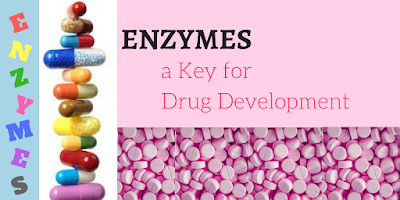Researchers are mapping the characteristic of particular enzymes which may also facilitate the development of new drugs to combat bacterial contamination, cancer and probably neurodegenerative diseases like autism, Down syndrome, Parkinson's disease and Alzheimer's.
Sulfur is one of most abundant elements in the body however little is thought approximately the enzymes concerned in its metabolism
Autistic, Alzheimer and Down syndrome patients all reveal abnormal sulfur metabolism. If we will work out how human sulfur-oxidizing enzymes function, or more crucially, how their behaviour changes in bacteria or in specific diseases, this information may be used for the rational design of drugs targeted for those diseases. Presently, no such technology exists.
Retro-engineering the sulfur oxidation method and mapping out of the chemical mechanism of 3 key enzymes—cysteine dioxygenase, cysteamine dioxygenase, and three-mercaptopropionic acid dioxygenase—to provide the necessary framework to increase effective treatments and drugs for different disease states.
By means of comparing the behaviour of these enzymes in human beings to bacteria, we also can open up possibilities to stamp out "superbugs" via offering an alternate method to disrupt bacterial metabolism without adversely affecting the patient, That is specifically important as we are now seeing widespread drug-resistant bacterial strains
Researchers use rapid-mix, freeze-quench techniques to 'trap' and monitor the progress of chemical reactions at millisecond intervals. Analysis of those consequences offers a step-by-step picture of how these enzymes function in both mammals and bacteria.
They look at fundamental life processes outside the traditional sphere of biochemistry and employs very current strategies to analyze enzyme function and regulation
By providing the fundamental scientific background had to develop treatments for important conditions and they want to make a real impact on the development of new scientific solutions





No comments:
Post a Comment